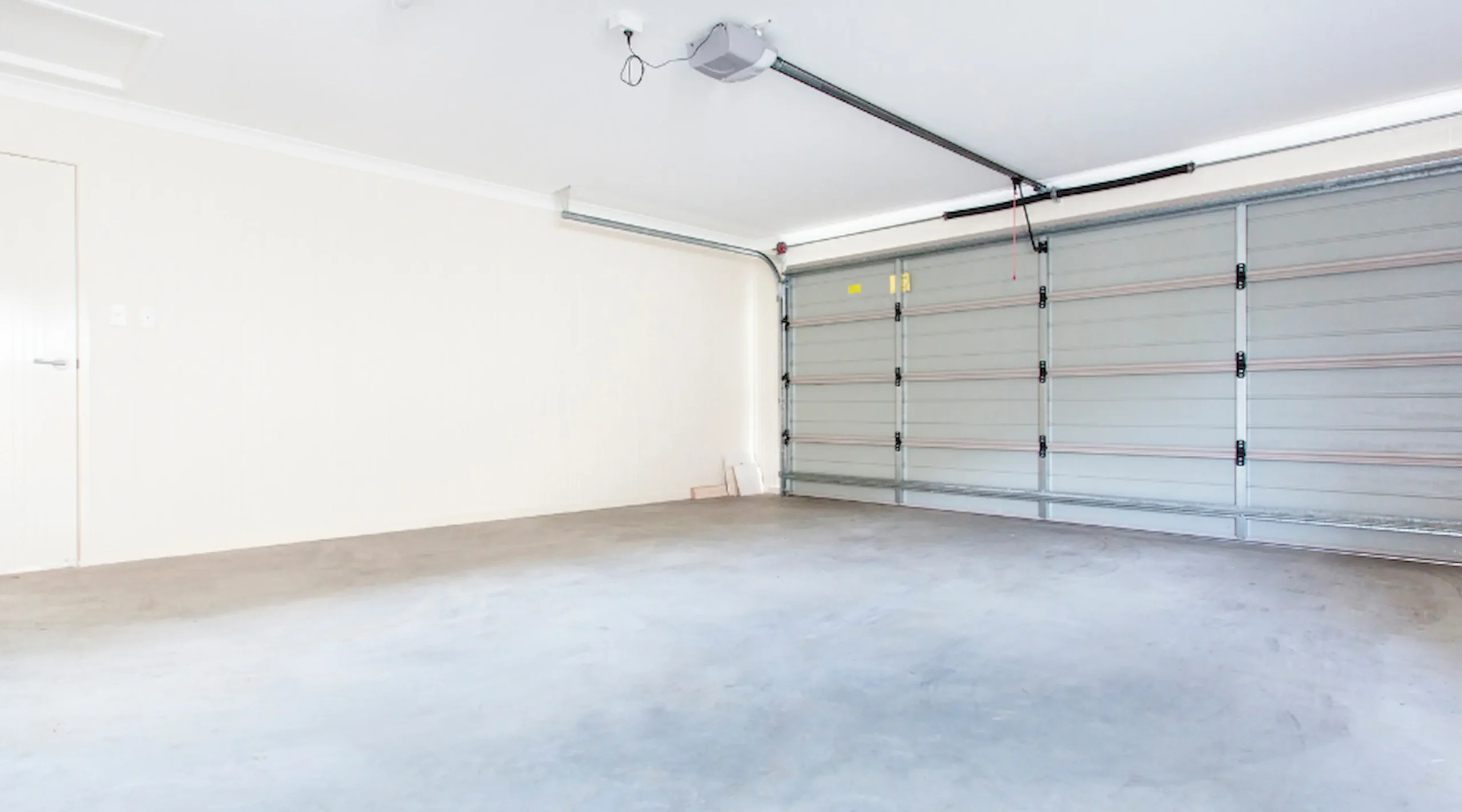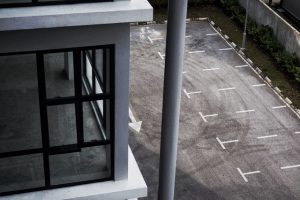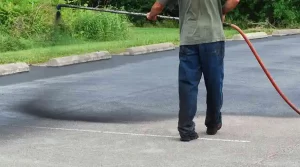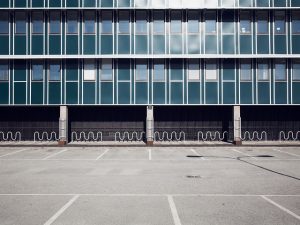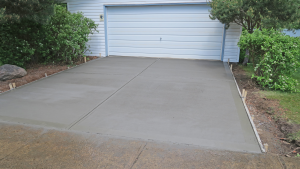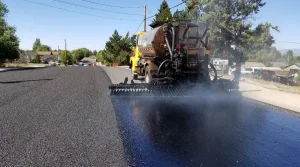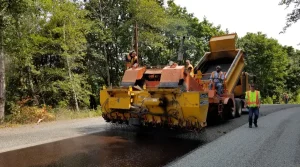Garage floor damage can seriously affect a home’s value and function. By understanding the causes and repairs for sinking or settling foundations, homeowners can ensure a stable, long-lasting garage floor that protects the home and vehicles.
Key Takeaways:
- Causes of Foundation Issues: Settling, soil erosion, and water drainage problems are primary causes of garage floor cracking, sloping, or sinking.
- Repair Solutions: Slabjacking and helical pier installation are effective repair methods for foundation issues.
- Professional Help: Expert foundation services ensure stability, safety, and structural integrity for the long term.
What Causes Garage Floor Cracking, Settling, and Sinking?
Foundation settlement and soil erosion are two common reasons for garage floor damage. When soil beneath the foundation shifts or compacts due to moisture changes, erosion, or natural settlement, it creates a void beneath the floor, weakening the slab. Understanding these underlying causes is essential for choosing the correct repair method.
Soil Erosion: Often caused by water drainage issues, soil erosion occurs when rainwater or gutter runoff gradually washes away soil particles, leaving gaps beneath the foundation.
Natural Settlement: Buildings naturally settle over time, especially if the ground is loosely packed or contains a high sand or gravel content. This settlement compresses the ground unevenly, causing the foundation to sink or slope.
Signs Your Garage Floor Needs Repair
- Cracks Down the Center: A center crack often indicates that soil beneath the slab has moved or eroded, causing uneven support for the concrete.
- Sloping or Tilting Floors: When a garage floor slopes or tilts to one side, this can indicate foundation settlement. Further signs might include stair-step cracks on the foundation wall or walls pulling away from the structure.
- Cracks Around the Foundation: Visible cracks in the foundation, especially near the edges or corners of the garage, indicate settlement and soil movement.
Effective Repair Solutions for Garage Foundation Damage
1. Slabjacking
When a garage floor sinks or develops a central crack, slab jacking is an efficient way to restore its position. This process injects expanding polyurethane foam beneath the slab, filling voids and lifting the concrete to its original alignment.
- Process: Holes are drilled into the slab, and foam is injected to fill the void and raise the floor.
- Best For: Cracks in the centre of the floor, uneven areas due to minor erosion, and detached slabs.
2. Helical Pier Installation
If the foundation shows signs of sinking, helical piers can help make it stable again. Helical piers are metal posts drilled deep into solid ground to support the weight of the building.
- Process: Piers are installed deep into the ground, anchoring the foundation to solid soil or bedrock. These piers stabilize and prevent future settlement.
- Best For: Garages with attached slab foundations where the floor and walls need support.
3. Combined Approach: Slabjacking and Helical Piers
In cases where the garage floor is separate from the foundation (floating slab), a combined approach of slab jacking and helical pier installation addresses the foundation and the floor’s elevation.
- Process: Helical piers stabilize the walls and foundation, and slab jacking fills voids created during the lift.
- Best For: Floating slab garages or extensive foundation and floor damage needing dual support.
Preventing Future Garage Floor and Foundation Issues
1. Maintain Proper Drainage
Ensuring that gutters and downspouts direct water at least ten feet away from the garage prevents soil erosion and water pooling. Installing downspout extensions or French drains effectively manages water runoff.
2. Address Soil Concerns Early
Loose or shifting soil can impact the entire foundation. Evaluating soil composition is critical when building a new garage or assessing a current one. Compacting loose soil or adding a layer of stable material can reduce the risk of erosion and settlement.
3. Regular Foundation Inspections
Professional inspections can detect early warning signs of foundation damage. An annual inspection checks for cracks, tilting, or voids beneath the foundation, enabling homeowners to take action before extensive damage occurs.
Choosing a Reliable Foundation Repair Service
Selecting a reputable foundation repair service ensures that repairs are effective and long-lasting. Look for companies that:
- Have experience with both slabjacking and pier installation techniques.
- Are insured, licensed, and accredited by the Better Business Bureau.
- Provide transparent pricing and offer free estimates.
FAQs on Garage Floor Repair for Sinking or Settling Foundations
Q: What is slab jacking, and how does it work?
A: Slabjacking is a technique used to lift sunken concrete slabs by injecting polyurethane foam beneath them. This foam fills voids and raises the slab to its original level, creating a stable foundation for the garage floor.
Q: How do I know if I need helical piers for my garage foundation?
A: Helical piers are often necessary if the garage’s foundation shows visible cracks, tilting, or pulling away from the structure. These piers stabilize the foundation by anchoring it to solid ground deep below it, preventing further settlement.
Q: What are the main causes of garage foundation settlement?
A: Garage foundation settlement is primarily caused by soil erosion, poor drainage, and natural soil compaction over time. Factors like loose, sandy soil and excess moisture from rain or gutters can exacerbate these issues, leading to sinking floors.
Q: Can I prevent foundation settlement in my garage?
A: Yes, you can reduce the risk by ensuring proper drainage around the garage, compacting soil during construction, and regularly checking for signs of water pooling or erosion near the foundation.
Q: Is it better to use slab jacking or piers if my garage floor is sloping?
A: The best method depends on the cause. Slabjacking is effective for lifting the floor if it’s a floating slab, while helical piers are better suited if the foundation is unstable. In some cases, a combination of both techniques is ideal.
Q: How long do foundation repairs typically last?
A: Professional foundation repairs, including slabjacking and pier installation, are designed to be permanent solutions. However, factors like ongoing erosion or water issues can affect longevity. Regular maintenance can extend the life of the repairs significantly.
Q: What’s the typical cost range for garage foundation repairs?
A: Costs vary based on the extent of damage and the chosen repair method. Slabjacking is generally more affordable, while helical pier installation may be more expensive due to the depth of installation. Requesting an estimate from a professional service can provide accurate pricing.
Transform Your Property with Expert Paving in Jersey City!
Is your driveway or parking lot looking worn or in need of repair? Our Jersey City paving experts specialize in premium asphalt services that ensure durability, safety, and curb appeal. From minor repairs to complete repaving projects, we handle it all with precision and care.

